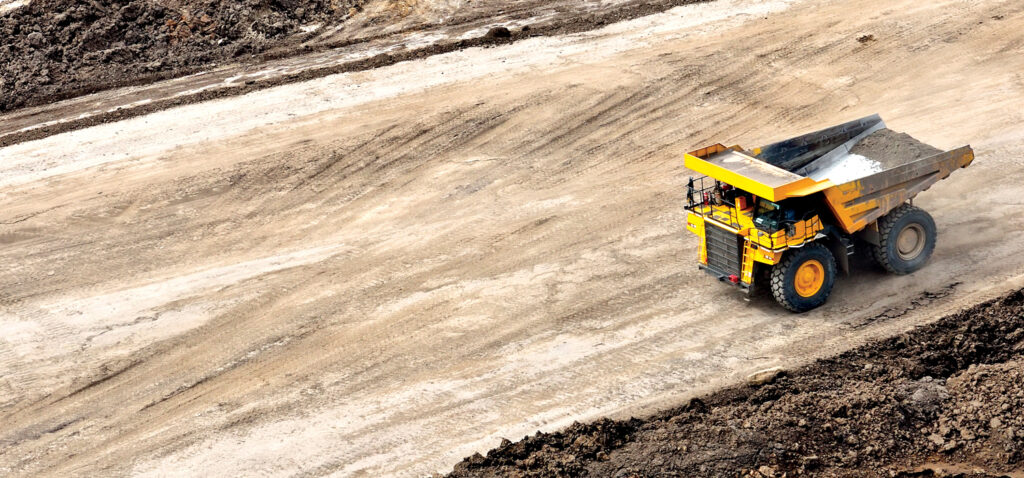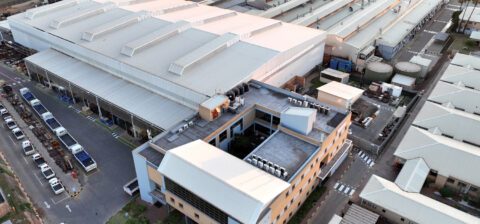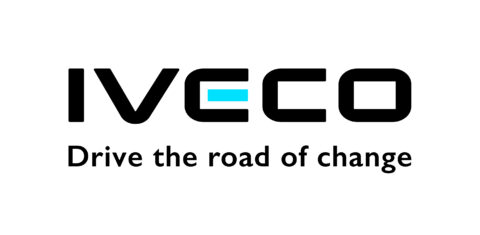SA Mining
Success In SADC
The sustained improvement seen by Southern African Development Community (SADC) countries, miners and supply partners with experience on the ground is resulting in significant gains, with more to come in the following years.
Miners in the region are enjoying high commodity prices and improved supply chains, despite the global disruptions due to the pandemic. In addition to these improvements, experienced supply partners are set to have even more significant gains in the coming years.
Vital commodities include iron ore, platinum group metals, gold, manganese, cobalt and copper. These commodities are currently benefiting both South Africa and Zambia. Improving prospects for diamonds, uranium and coal also make for some optimism in countries like Botswana, Namibia and Angola. In the longer term, there is a hopeful outlook for platinum and other minerals in Zimbabwe.
“The key to mining success in the region, however, lies not with commodity prices; these will always be cyclical and unpredictable. It resides really in the institutionalised knowledge of the companies that operate here, and their understanding of how to respond constructively to the prevailing conditions and future trends,” states Ralf Hennecke, BME’s managing director.
Dealing with supply chain issues
Among these considerations is supply chain security. As a supplier of critical mining inputs like explosives, BME often deals with supply chain issues such as weak infrastructure or border efficiency. It is hoped that through constructive dialogue, gradual improvements in supply chains can be ascertained, affecting the cost of doing business in these economies.
Another consideration is evolving regulations on local business participation and a heightened concern with safety and environmental impact. Responsible mining companies have embraced these principles, and it has long been standard for service providers to align with the stringent expectation of zero harm.
As the mining sector strives towards shared value, practical empowerment measures call for more proactive partnerships with in-country entities. Those industry players with a long heritage in SADC can draw more readily on their business networks to implement this vision. They will also see the value in preparing to meet localisation imperatives.
While some countries in the region have well-developed regulatory frameworks on this score, others are yet to implement their plans. It will be vital to be well informed of future business demands and plan decisively. These in-country partnerships also imply investment in local infrastructure and skills transfer to build capacity in the local supply chains on which mines are built.
A firm understanding of compliance requirements goes together with building a secure value chain that delivers fit-for-purpose solutions. Only if a mine can rely on receiving the inputs it needs can it generate a secure future for itself and its host communities.
It is worth adding that mines are generally well supported by their key suppliers when it comes to achieving their social licence to operate, including the engagement and upliftment of host communities. In-country partnerships also allow companies to build capacity in the local supply chains.
Investments in Zimbabwe
Zimbabwe has seen a profound development investment within its platinum group metals sector, with Zimplats investing $80-million into one of Zimbabwe’s largest mines.
After recently completing a nearly $100m reconstruction project of the Bimha Mine, Zimplats is investing an additional $80m into the mine. The recent investment will upgrade the Bimha Mine.
The company’s chief executive officer, Alex Mhembere, says: “The redevelopment of Bimha Mine was completed within budget at $99.8m. The upgrading of Bimha Mine is progressing well, targeting achievement of 3.1 million tonnes per annum in the first quarter of FY2024.”
Zimplats is also upgrading the Mupani Mine, which is targeted to produce 2.2 million tonnes per annum on completion in 2025, ramping up to 3.6 million tonnes per annum in 2027. The business has invested as much as $166.9m in the project as of the end of December, from an approved project budget of $388m.
Rethinking operational efficiencies
In line with global trends, mining in Southern Africa is seeing the active acceptance of environmental and commercial sustainability. A decrease in greenfield investment opportunities, paired with higher ecological and regulatory hurdles to starting new mines, has increased the focus on improving operational efficiencies.
It is also a direction driven strongly by technological innovation. As the sector pursues the goal of intelligent mining operations, the region’s miners are applying digital tools to streamline activities, raising efficiencies and reducing carbon emissions.
We are seeing this first-hand in the blasting sector, notes Hennecke, where software, electronic detonators and other digital tools are constantly fine-tuning the quality of blasting and the productive impact on how mines work.
By ensuring better fragmentation, for instance, energy use is optimised in downstream functions like loading and comminution – leading to less power consumption and a lighter carbon footprint.
However, few of these innovations can be achieved without decades of experience in the field, where mines and technology providers can develop and apply their technical insights. Nowhere is this currently more telling than in the area of data generation, gathering and analysis.
As mines leverage real-time information from every machine and function on their sites, technology must be developed to interrogate data for better and quicker decision making.
Not only must this data be intelligible and useful, but it must also be integrated into the mine’s chosen platforms. This has required suppliers of services, equipment and materials to develop a depth of expertise in the digital space so that whatever their core offering to mines, it can be tracked, measured and assessed through the mine’s dashboard.
Beyond the operational efficacy of such systems, mines and their partners must also be aware of how best to ensure the security of this data – and comply with evolving local regulations governing data protection. Once considered a niche field for technology specialists, data management is increasingly becoming core to every sector, including mining.
The mineral opportunities of the SADC region remain exciting to all those involved. It is the task of the mining sector to realise those prospects most responsibly and sustainably – sharing the value with a broad base of stakeholders. Those with local experience and expertise are best placed to do this.





